Ever since Sigma told us that their upcoming 18-35mm and 50-100mm cine lenses are ‘near parfocal’ and not actually parfocal, there has been debate online about what this means, and indeed what defines a parfocal lens in the first place.
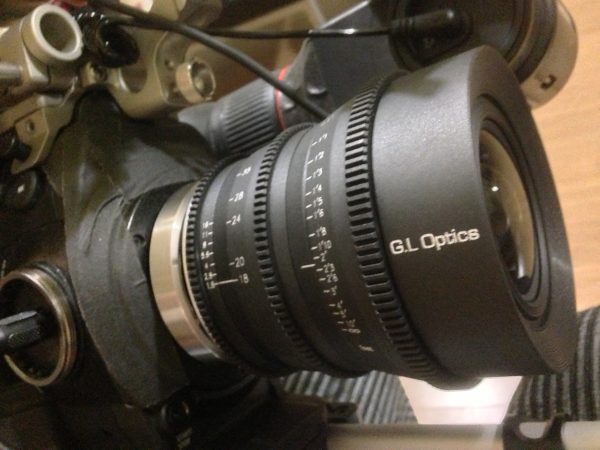
The optics in the new Sigma cine lenses are said to be the same as those in the stills versions, with only the mechanical side being different. Many users will also know that Sigma aren’t the first to make a cine version of the 18-35mm. Chinese lens rehousing specialist G.L. Optics is one of several companies that have been cine converting the regular stills 18-35mm lenses for a few years now. They make PL, EF and Nikon fitting versions of the lens and the mount is interchangeable if you purchase additional ones. There are actually two different versions of the G.L. Optics conversion, one with 300 degree focus rotation, the other with around 120 degrees. Sigma’s own lens is in-between at about 180 degrees. More recently G.L. Optics also added a cinema rehoused 50-100mm T2.0 as well.
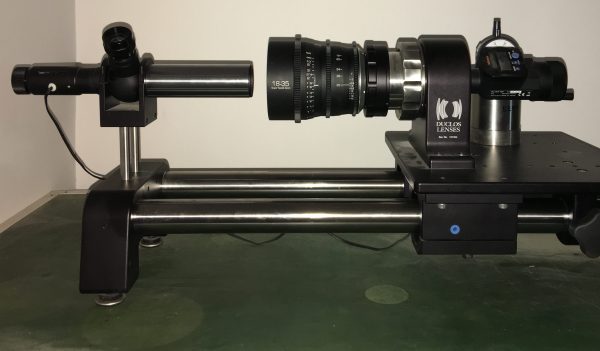
G.L. Optics are adamant that their Sigma 18-35mm and 50-100mm cinema conversions are parfocal. Nan, the company’s owner, told me that the zoom “is 100% parfocal for sure”.
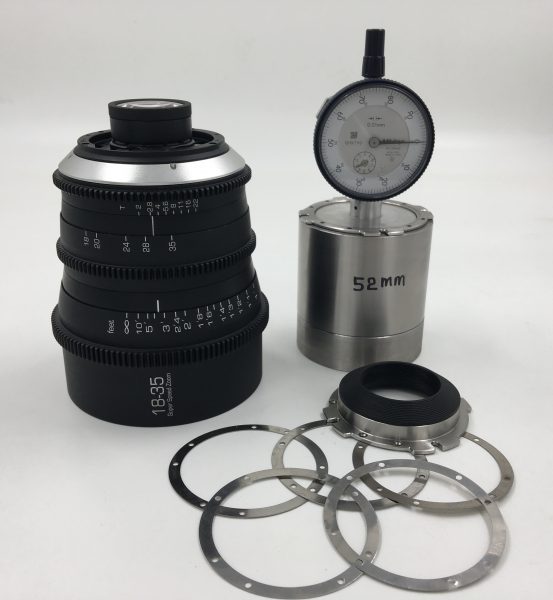
How is he so confident that each lens he converts is parfocal? Each lens made is set up on a projector and collimator to confirm this to his satisfaction. If the lens back focus is off then it is adjusted using shims. This takes time and effort.
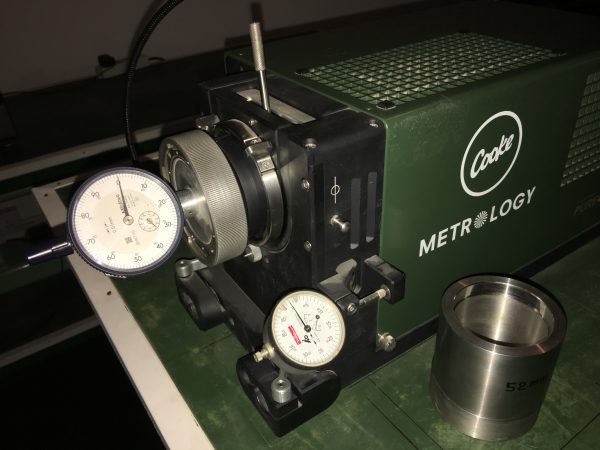
In his experience the back focus is off for almost all stills lenses – resulting in lenses that don’t hold focus as you zoom, even though the optics themselves might be capable of doing so. He told me that “as far as I know, all [stills] camera lenses are not parfocal, not only Sigma, but Canon, Nikon, etc…”
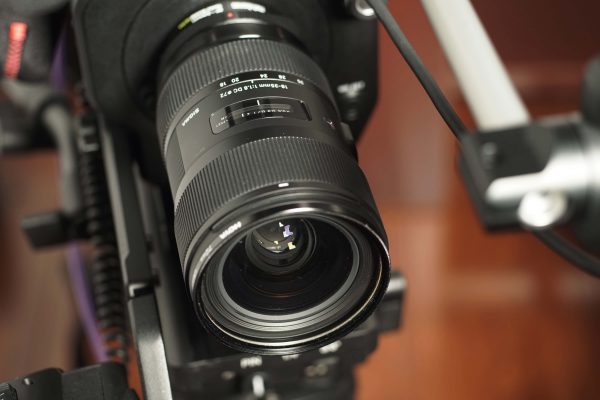
By this he means that even if the optics are capable of being parfocal, they are not adequately set up to do so. He goes on to explain that if you were to look at a batch of new 10 to 20 Sigma 18-35mm stills lenses, then only one or two might be correctly set up by chance. Nan says this is because the lenses are primarily designed for photography where most users use autofocus. As a result the main priority is to make sure they focus correctly when the user presses the button. For cinematography the needs are completely different.

Nan believes that Sigma could calibrate each of their lenses in the same way he does, but that if they did then the adjustments could increase the time required. As a result the price might be higher.
Sigma, on the other hand, are sticking to their original line. The lenses cannot be parfocal because they are not designed to be so. They are ‘near’ to being parfocal, but for them to be truly parfocal would require a redesign. In their view no amount of tinkering can make the stills or cine versions actually parfocal.
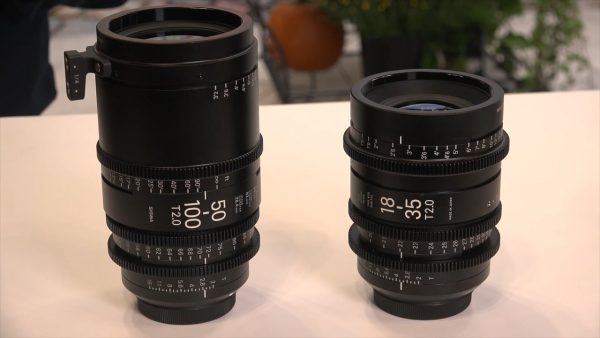
Clearly these statements can’t both be correct. We’ll only know in time just how well the Sigma cine lenses perform, but if G.L. Optics are to be believed it should be entirely possible for the lenses to be set up in a way that allows you to hold focus as you zoom in and out. Certainly, I haven’t heard anyone complain that the latest generation G.L. Optics 18-35mm lens is not parfocal. I suspect, in the end, it is all a question of tolerances.
You can find out more about the G.L. Optics cine lens conversions on their website.
Here are the specs of the G.L. Optics 18-35mm T2.0:
(1)Base Lens is sigma 18-35mm Zoom Lens;
(2)6063 Alumium rehoused Lens body;
(3)Stainless steel PL mount (interchangable EF/Nikon mount is avaible);
(4)0.8 module gear;
(5)95mm diameter and 77mm UV filter Screw;
(6)Re-designed lens focus/zoom/aperture system;
(7)FOB Price: 3500 USD for120 degrees focus rotation version and 4350 USD for 300 degrees focus rotation version (If the customer provides the base Lens the price is reduced by 800 USD).
And here are the specs of the G.L. Optics 50-100mm T2.0:
(1)Base Lens is sigma 50-100mm Zoom Lens;
(2)6063 Alumium rehoused Lens body;
(3)Stainless steel PL mount (interchangable EF/Nikon mount is avaible);
(4)0.8 module gear;
(5)95mm diameter and 82mm UV filter Screw;
(6)Re-designed lens focus/zoom/aperture system;
(7)FOB Price: 3850 USD for 120 degrees focus rotation and 4850 USD for 260 degrees focus rotation (If the customer provides the base Lens the price is reduced by 850 USD).
The lenses are available in the US from Cinemaglass.com





